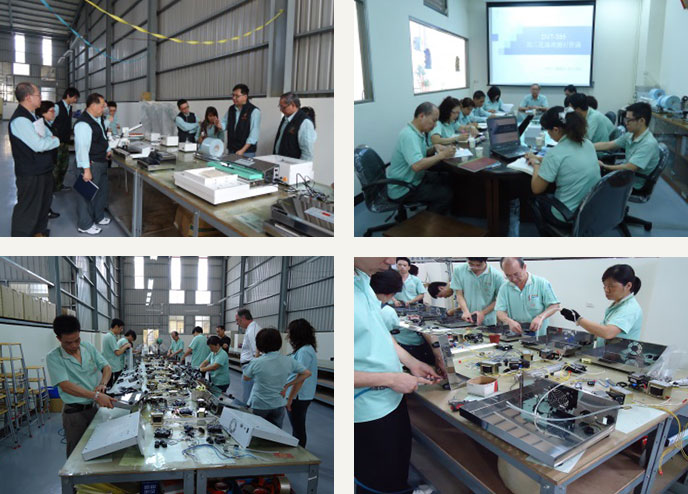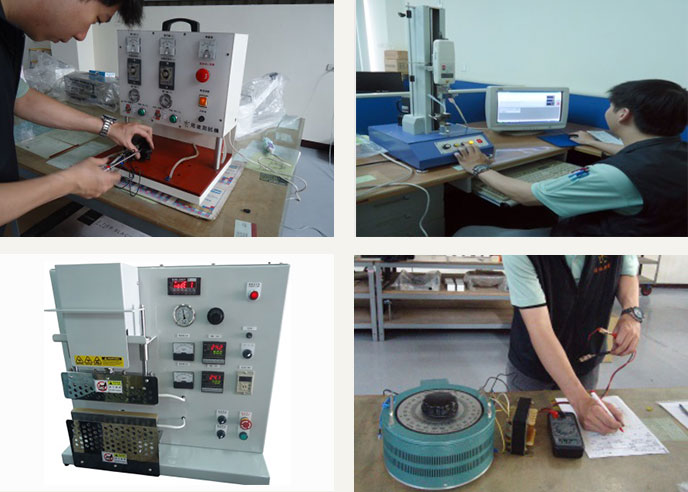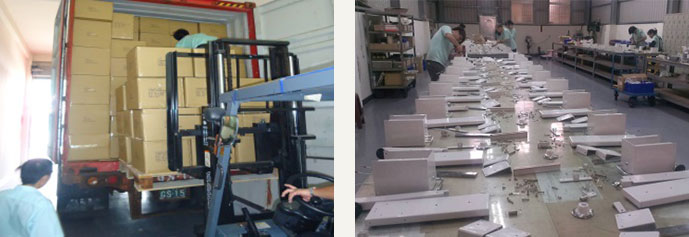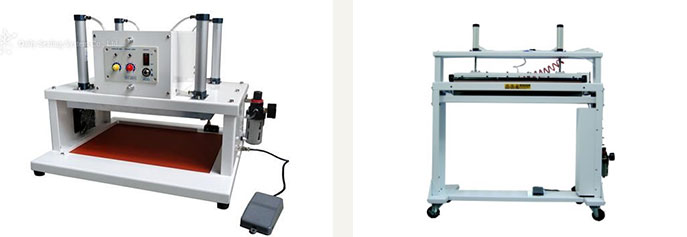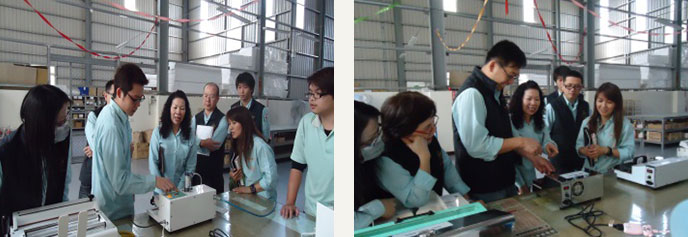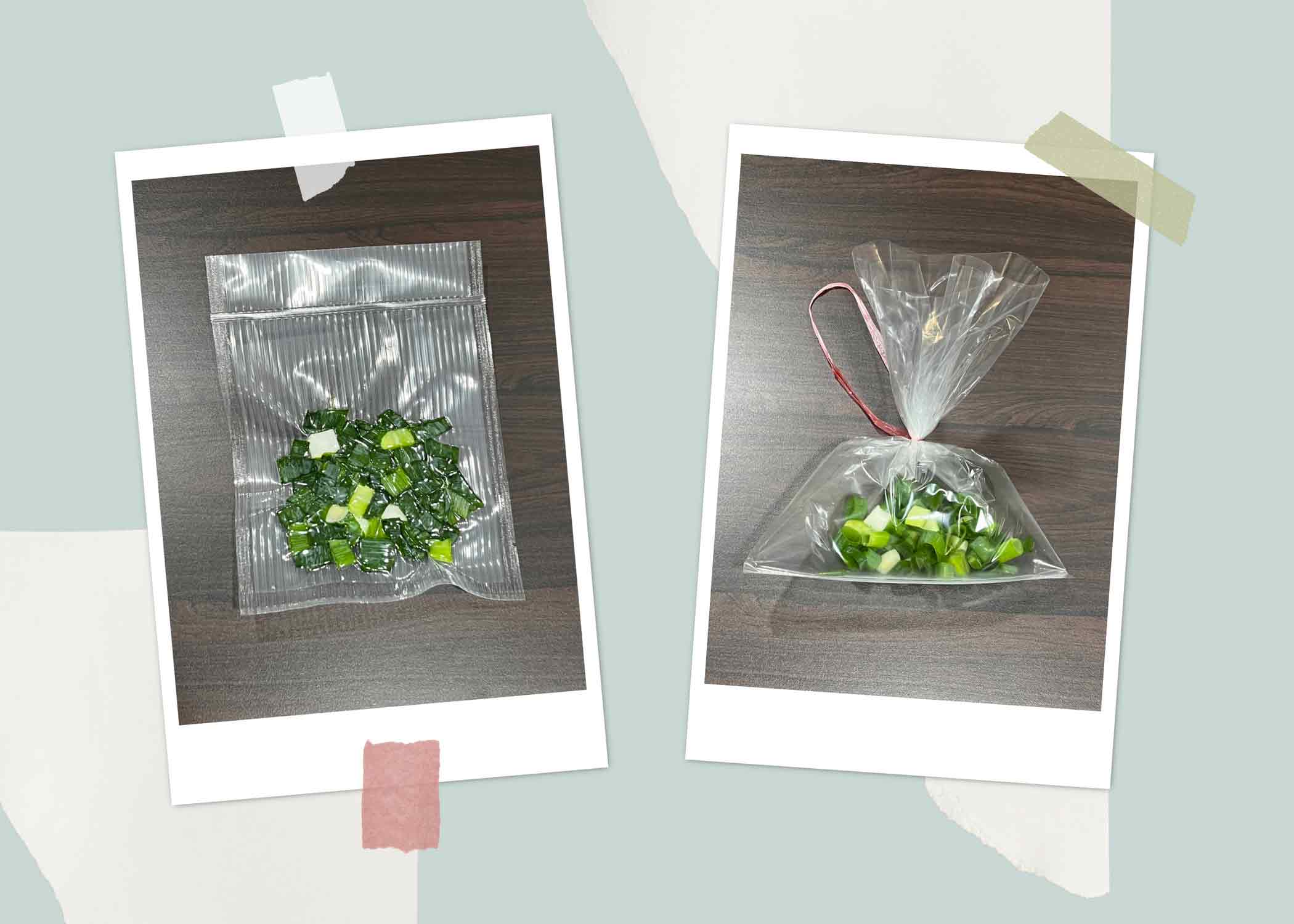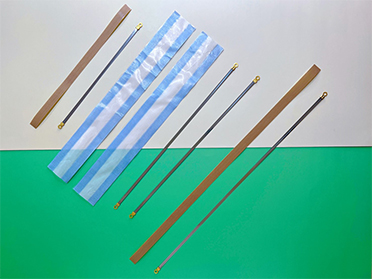Seal the air valve on the bags.
Can custom made the seal seat size to fit the air valve.

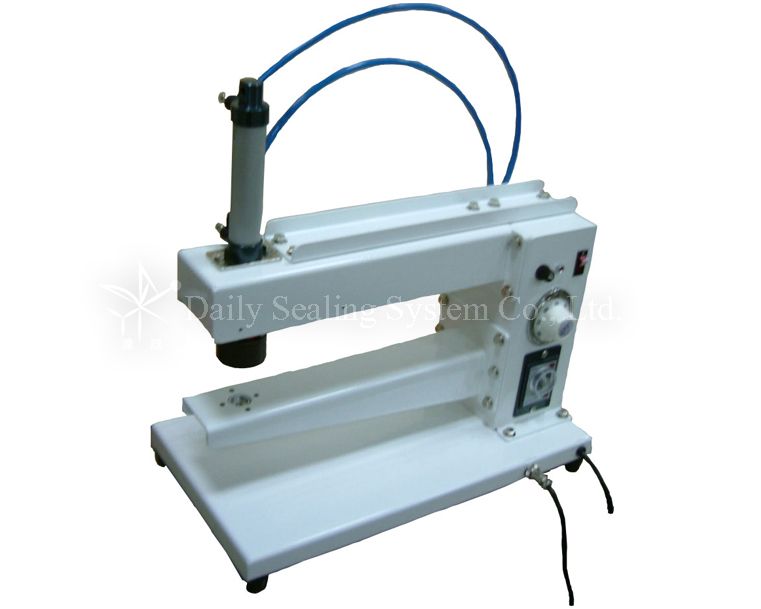
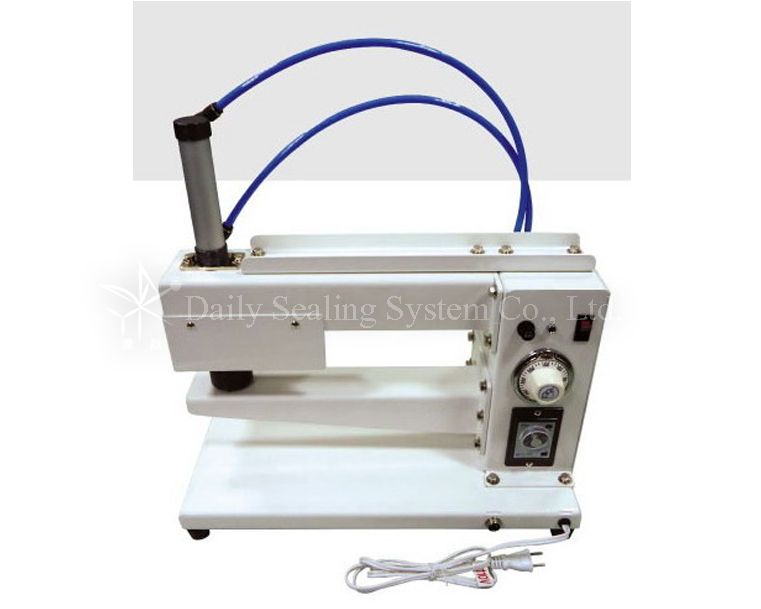

Seal the air valve on the bags.
Can custom made the seal seat size to fit the air valve.
Air Valve Mounting Machine:
• Ideal for coffee bags using.
• Enhance the value of bags.
• Temperature control:Thermostatic control, as per package material and degree of thickness to adjust increasing temperature for good sealing quality steadily.
• Custom-made:
(1) Can choose air holes from 1 to 6 on the air valve which depends on customer’s demands.
(2) Valve seat, please provide the air valve for making the valve seat and testing.
• Need to prepare an extra air compressor: capacity 6~7 kgs/cm2
| Model No. | DS-AA03 |
|---|---|
| Sealing type | Constant Heat |
| Sealing time | 0.0–6.0 sec. |
| Machine weight | 14.70 kgs |
| Machine size | 485 x 265 x 450 mm |
| Sealing Temperate | 50 - 300℃(adjustable) |
| Size of metal bar | 70 x 340 mm |
Air Valve Mounting Machine:
